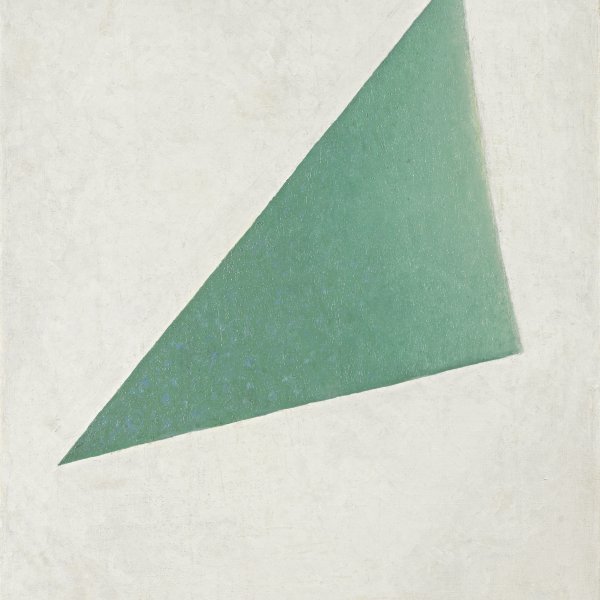Ivan Kliun
Bolshie Gorki, 1873-Moscow, 1943
Ivan Kliun was connected with the Russian avant-garde movements and collaborated with the governmental artistic initiatives that followed the 1917 Revolution.
Kliun studied in Kiev, Warsaw and Moscow and was interested in Symbolism. He met Kazimir Malevich in 1907 and the friendship that sprang up between them was decisive in his subsequent artistic development. He was a member of the Union of Youth and took part in the last exhibition held under that title in Saint Petersburg in the winter of 1913–14. His work later evolved towards forms that came close to Cubism and Futurism and he sought to go beyond the conventional boundaries of art, producing a series of reliefs that combined pictorial and sculptural techniques. His creations were present in the main Russian Futurist exhibitions such as Tramway V and 0.10. The Last Futurist Exhibition of Paintings in which Malevich first showed a Suprematist work. At this point, from 1915 until 1919, Kliun embraced the movement promoted by Malevich. His Suprematist works were compositions in small format featuring isolated geometric shapes against a white background.
In 1918 Kliun played an active part in decorating the city of Moscow for the celebrations marking the first anniversary of the Revolution and until 1921 he taught at various educational establishments set up by the new political authorities such as the Free State Art Workshops, called Svomas and later renamed Vkhutemas. In 1927 he was appointed director of the central exhibitions office of the Department of Visual Arts of the People’s Commissariat for Enlightenment (IZO-Narkompros). After these years spent teaching and working in the public sector, as well as conducting various experiments in the field of art, Kliun focused his interest on returning to a purist figurative art.
Kliun studied in Kiev, Warsaw and Moscow and was interested in Symbolism. He met Kazimir Malevich in 1907 and the friendship that sprang up between them was decisive in his subsequent artistic development. He was a member of the Union of Youth and took part in the last exhibition held under that title in Saint Petersburg in the winter of 1913–14. His work later evolved towards forms that came close to Cubism and Futurism and he sought to go beyond the conventional boundaries of art, producing a series of reliefs that combined pictorial and sculptural techniques. His creations were present in the main Russian Futurist exhibitions such as Tramway V and 0.10. The Last Futurist Exhibition of Paintings in which Malevich first showed a Suprematist work. At this point, from 1915 until 1919, Kliun embraced the movement promoted by Malevich. His Suprematist works were compositions in small format featuring isolated geometric shapes against a white background.
In 1918 Kliun played an active part in decorating the city of Moscow for the celebrations marking the first anniversary of the Revolution and until 1921 he taught at various educational establishments set up by the new political authorities such as the Free State Art Workshops, called Svomas and later renamed Vkhutemas. In 1927 he was appointed director of the central exhibitions office of the Department of Visual Arts of the People’s Commissariat for Enlightenment (IZO-Narkompros). After these years spent teaching and working in the public sector, as well as conducting various experiments in the field of art, Kliun focused his interest on returning to a purist figurative art.





